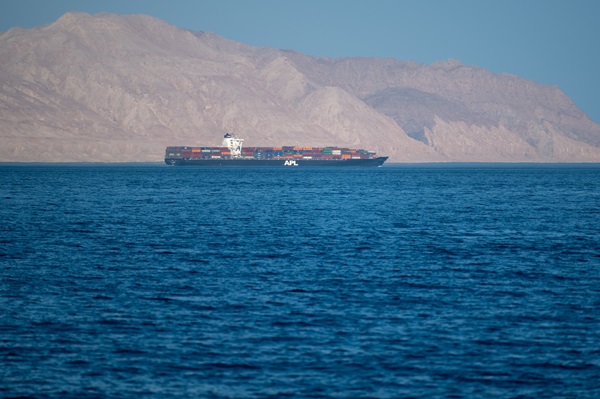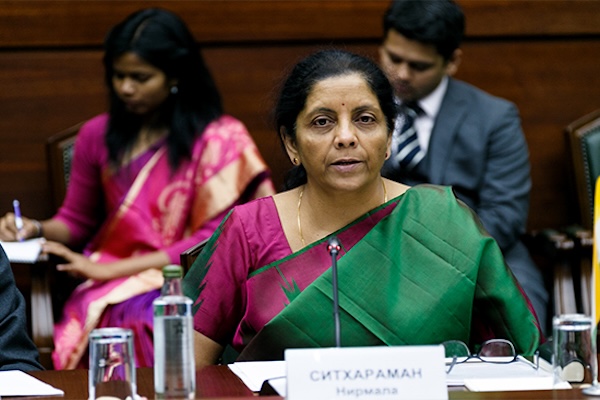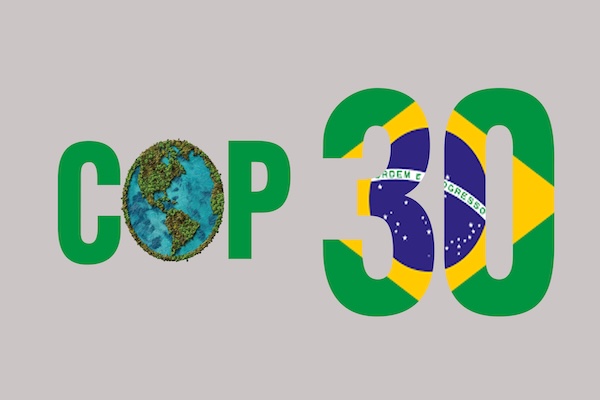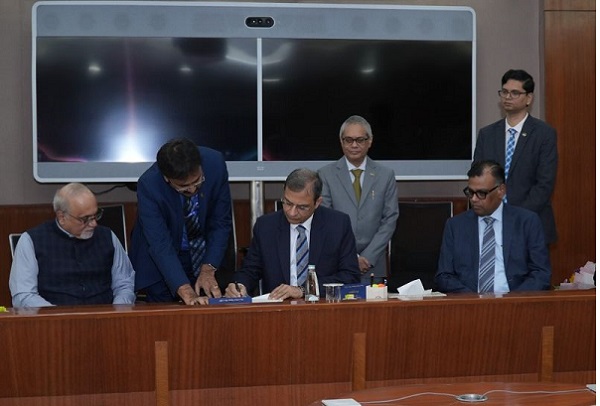.png)
July 3, 2025 at 12:19 PM IST
India’s growth outlook for 2025–26 remains respectable on paper, but the global context is turning less forgiving. As the world economy cools, geopolitical tensions simmer, and financial markets wobble, policymakers will need to manage a complex balancing act to preserve domestic momentum.
While headline forecasts suggest only a modest moderation from 6.5% in 2024–25 to 6.4% in 2025–26, according to QuantEco Research, the composition of risks around that baseline deserves closer attention. For all the talk of decoupling, India’s economy remains inextricably tied to the world. The last 25 years show a 71% correlation between India’s GDP growth and that of the global economy. When the world slows, India feels it.
Multilateral agencies, including the IMF, OECD, and World Bank, have all trimmed their global growth forecasts for 2025 by 20–50 basis points. The WTO, too, projects a near-flat outcome for goods trade volumes this year. This slowdown is broad-based, touching the United States, Russia, Korea, Saudi Arabia, Turkey, Brazil, Canada, and Indonesia. Against that backdrop, QuantEco estimates suggest India’s growth could see a 15–25 basis points drag in 2025–26 simply from weaker external demand.
This is not merely a statistical quirk. The composition of India’s economy makes it vulnerable to these headwinds. Sectors with high export dependence, such as construction, textiles, leather, transport, hospitality, and trade services, are particularly exposed. While services exports have historically been more resilient, they are also expected to see slower growth, with WTO projections down to 4.0% in 2025 from 6.8% in 2024. Trade fragmentation, tariff wars, and uncertainty around agreements like the anticipated India–US Bilateral Trade Agreement only add to the complexity.
Geopolitics remains another omnipresent risk. The Israel and Iran conflict earlier this year injected a sharp risk premium into global energy markets, sending Brent crude from 60 dollars to 80 dollars per barrel within weeks. Though supply via the Strait of Hormuz has remained stable so far, the episode is a reminder of how rapidly sentiment can swing. QuantEco notes that while oil has retreated to an average of $68 per barrel in the first quarter of 2025–26, any renewed escalation could quickly reignite volatility. For India as a net importer, such price shocks ripple through the trade deficit, inflation expectations, and currency stability.
Financial markets are already showing signs of strain. The sharp compression of India’s nominal yield differential with the United States has undermined demand from foreign portfolio investors. The first quarter of 2025–26 saw $4.1 billion in net debt outflows. Meanwhile, net FDI in 2024–25 slumped to its lowest level in 32 years at just $0.4 billion, reflecting repatriation pressures and heightened global uncertainty. While April 2025 provided some relief with a monthly FDI inflow of $3.9 billion, the underlying trend remains fragile. Foreign portfolio investment, too, is volatile, leaving India vulnerable to shifts in risk sentiment.
Currency stability cannot be taken for granted. QuantEco’s forecast for the rupee is a measured depreciation to 89.50 per dollar by March 2026, assuming only modest balance of payments support of $10 billion . This scenario relies on a moderate growth, moderate inflation, low current account deficit environment. But as the report notes, India’s current account deficit is projected to widen slightly to minus 0.8% of GDP in 2025–26 from minus 0.6% in 2024–25. The rupee’s valuation, which QuantEco now judges only 2–3% overvalued, is less vulnerable to idiosyncratic shocks but remains hostage to the broader dollar trajectory, US monetary policy, and capital flow dynamics.
These headwinds come just as India faces the challenge of reviving its private investment cycle. Despite industrial capacity utilisation returning to pre-pandemic levels, new investment proposals fell sharply to 4.1 trillion rupees in the first quarter of 2025–26 from 21.8 trillion rupees in the previous quarter. While government capital expenditure continues to lead, private sector sentiment remains cautious, weighed down by global uncertainties and muted consumption recovery. Urban demand is benefiting from lower inflation, regulatory easing for NBFC lending, and personal income tax relief. Rural demand, meanwhile, hinges on monsoon performance, which has been encouraging so far but uneven across regions.
Monetary policy offers some cushion, but its space is not unlimited. The RBI surprised markets by delivering 100 basis points of cumulative repo rate cuts in just five months, exceeding the expected 75 basis points. Yet in June 2025, it shifted its stance to neutral, signalling a pause. QuantEco expects one more rate cut may come, but the timing is highly uncertain. Bond markets, having initially cheered the cuts, saw a sharp rise in term premiums as investors digested the implications of faster front-loaded easing. Meanwhile, transmission to lending rates should accelerate given the high share of floating-rate loans, but deposit rates will adjust more slowly.
Inflation offers an important silver lining. CPI inflation has eased to a 75-month low, with a forecast of 3.5% for 2025–26, the lowest in seven years. Food price moderation has played a crucial role, helped by early monsoon rains and improved Kharif sowing. Still, core inflation remains firm, and the RBI’s own projections see a potential rebound to 4.5% in 2026–27, driven by pay commission effects and welfare spending. The inflation battle is not yet won.
Ultimately, the QuantEco outlook highlights the need for cautious optimism. India’s growth may slow only slightly in 2025–26, but the risks around that baseline are skewed. External headwinds from slower global trade to geopolitical tensions, financial market volatility, and fragile capital flows are intensifying just as India needs investment to fire. Policymakers will need to keep credit flowing, shore up investor confidence, and avoid complacency on structural reforms if they want to maintain momentum. The world is getting tougher. India cannot afford to relax.





